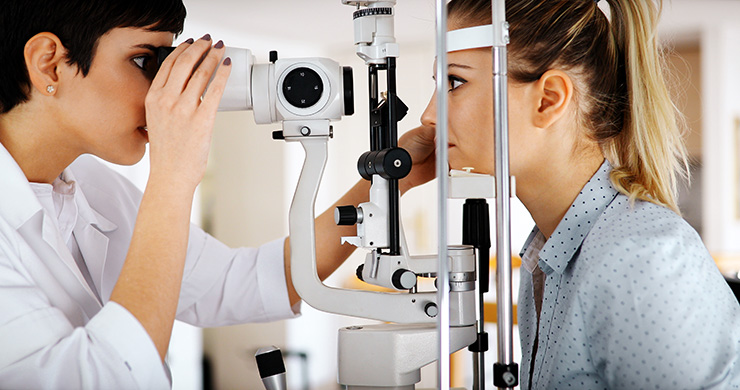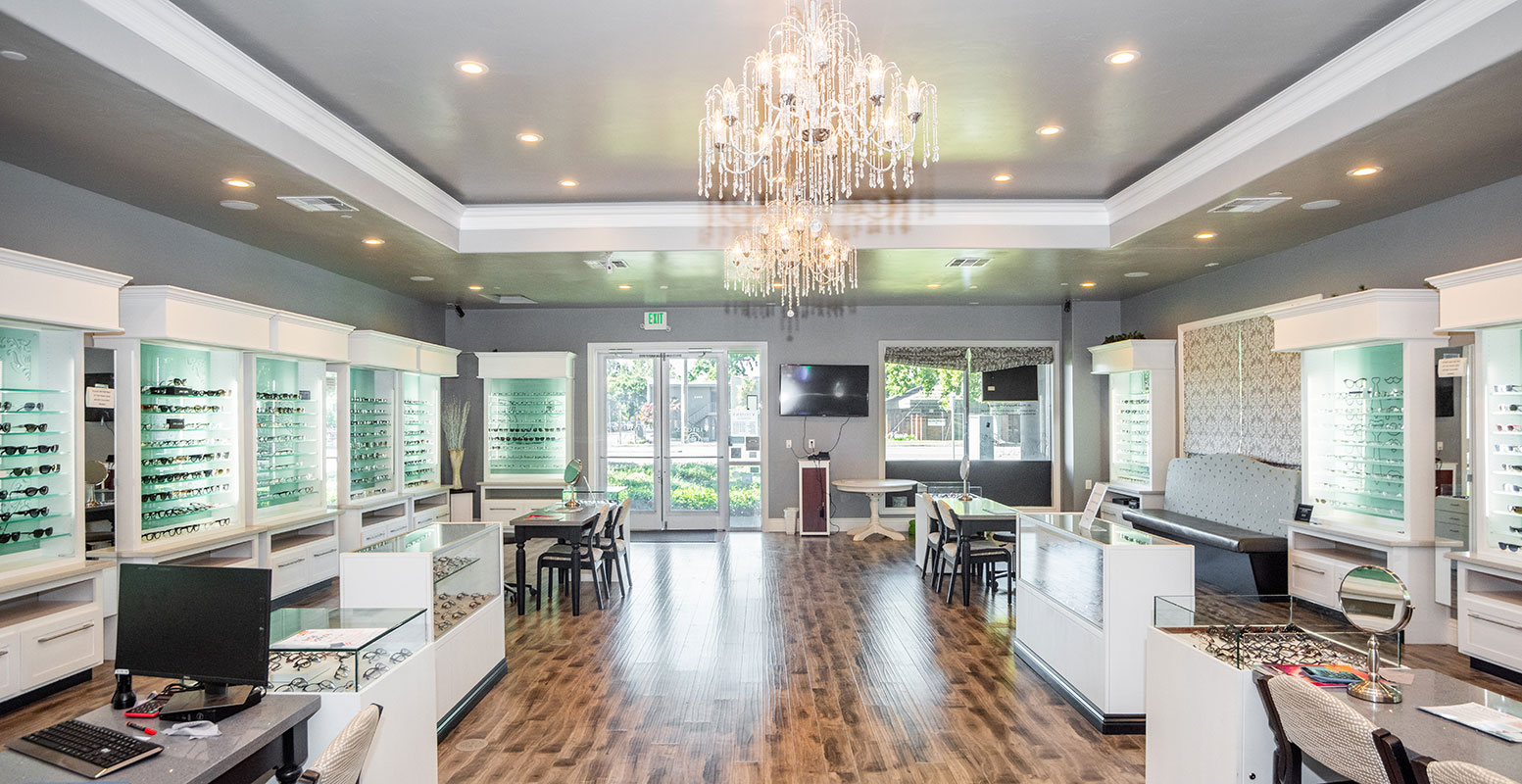Checking Out the current Technical Improvements in Optometry and What They Mean for Optometrists
From the precision of Optical Comprehensibility Tomography to the nuanced insights used by AI-driven diagnostic devices, these technologies are setting brand-new requirements in patient analysis and therapy. As these advancements penetrate the method, optometrists are faced with the difficulty of embracing these devices to enhance individual results.
Advancements in Diagnostic Tools
Advancing the area of optometry, advancements in analysis tools have actually reinvented the way eye treatment experts examine and identify aesthetic disabilities and ocular problems. The past years has actually witnessed substantial technical innovations, making it possible for more comprehensive and exact examinations.
One more secret development is the intro of advanced corneal topography systems, which map the surface curvature of the cornea with accuracy. These devices are specifically beneficial for suitable call lenses and identifying corneal conditions. In addition, electronic retinal imaging has actually changed standard ophthalmoscopy, supplying thorough, scenic sights of the retina that promote extensive visual assessments.
The growth of wavefront aberrometry has actually likewise been crucial, allowing the evaluation of refractive errors with unparalleled accuracy (Opticore Optometry). This innovation aids in personalizing rehabilitative lenses and improving surgical outcomes for refractive surgical procedures. Collectively, these diagnostic developments equip optometrists to deliver remarkable client treatment, guaranteeing very early treatment and customized therapy methods, ultimately boosting aesthetic health and wellness end results
AI in Patient Monitoring
Building on the structure of innovative analysis devices, the unification of synthetic intelligence (AI) in client administration stands for a transformative leap for optometry. AI systems are increasingly used to enhance performance, accuracy, and customization in person treatment.
In addition, AI-driven systems assist in streamlined individual communications and administrative procedures. Automated organizing, online assessments, and individualized follow-up plans not just improve patient contentment but likewise optimize time management for experts. These systems can triage patients based on the urgency of their problems, making certain that those in essential demand obtain punctual attention.
In addition, AI improves decision-making by providing eye doctors with evidence-based recommendations and therapy paths. By incorporating data from digital wellness documents, AI tools offer insights that notify clinical choices, decreasing the threat of errors and enhancing individual outcomes. As AI continues to develop, its role in client administration will likely increase, improving the landscape of optometric treatment.
Breakthroughs in Retinal Imaging
In the realm of optometry, retinal imaging has witnessed remarkable technological improvements that are improving analysis abilities and individual treatment. Advancements such as Optical Comprehensibility Tomography (OCT) and fundus photography have changed how eye doctors visualize and assess the retina.
Improved imaging modalities like OCT angiography are additional refining diagnostic precision. This non-invasive technique maps blood circulation in the retina, providing vital insights right into vascular wellness without the need for dye shots. In addition, adaptive optics innovation is being incorporated right into retinal imaging systems to fix eye aberrations, providing unprecedented photo quality. Such innovations promote the recognition of min retinal changes that could represent illness development.
Additionally, developments in synthetic intelligence are boosting retinal imaging by enabling automated analysis of huge datasets. These systems assist optometrists in recognizing patterns indicative of pathology, therefore improving diagnostic accuracy and effectiveness. Collectively, these innovations are changing retinal imaging into a foundation of modern eye care, improving outcomes and broadening therapeutic opportunities.
Teleoptometry's Growing Role
Teleoptometry is significantly becoming an essential component of eye treatment, driven by developments in electronic communication and diagnostic devices. As optometry embraces digital transformation, teleoptometry facilitates remote appointments, enabling eye doctors to prolong their solutions past conventional borders. This is particularly useful in country and underserved locations where access to specialized Clicking Here eye treatment is often restricted. By leveraging high-resolution video conferencing and advanced retinal imaging, eye doctors can conduct thorough eye exams from afar, guaranteeing timely medical diagnosis and treatment.
The integration of expert system (AI) further enhances teleoptometry, enabling the analysis of visual data and helping in the detection of ocular problems such as glaucoma and diabetic retinopathy. AI-powered algorithms can quickly translate complicated imaging data, providing eye doctors with useful understandings that boost professional decision-making.
Furthermore, teleoptometry sustains continuity of care via seamless integration with digital health and wellness documents (EHRs), allowing eye doctors to keep thorough client histories. This ensures that people receive tailored and constant care even when speaking with different specialists.
Despite these advantages, challenges remain, including ensuring data safety and managing individual assumptions. Teleoptometry represents a substantial stride towards more easily accessible, efficient, and patient-centered eye care. As technology develops, its function is positioned to increase further.

Future Trends in Eye Care
A myriad of cutting-edge patterns is set to improve the future of eye care, driven by technological developments and the evolving needs of clients. One significant trend is the assimilation of expert system (AI) in diagnostics, which promises to boost the precision and efficiency of eye exams. AI formulas can analyze vast amounts of data from retinal photos, potentially identifying conditions like diabetic person retinopathy and glaucoma earlier than conventional approaches.
Furthermore, personalized medicine is obtaining traction in optometry, with hereditary screening notifying customized treatment strategies. This method aims to optimize person results right here by customizing interventions to specific genetic profiles. Wearable innovation, such as wise contact lenses, is likewise imminent, offering real-time tracking of intraocular stress or glucose degrees, therefore supplying constant understandings into systemic and eye wellness.
The adoption of augmented fact (AR) and online truth (VIRTUAL REALITY) in training and individual education is another emerging pattern. These technologies offer immersive experiences that can boost understanding and skills both for optometrists and clients. As these patterns evolve, eye doctors have to stay abreast of technological innovations to give innovative care, making certain improved individual end results and fulfillment in the dynamic landscape of eye treatment.
Conclusion

Jointly, these diagnostic developments empower optometrists to supply superior individual care, making sure visit this site early intervention and customized therapy strategies, eventually boosting aesthetic health outcomes.

As these technologies proceed to evolve, optometrists must adjust and include them right into technique, eventually maximizing operations effectiveness and raising the standard of eye care delivered to patients.